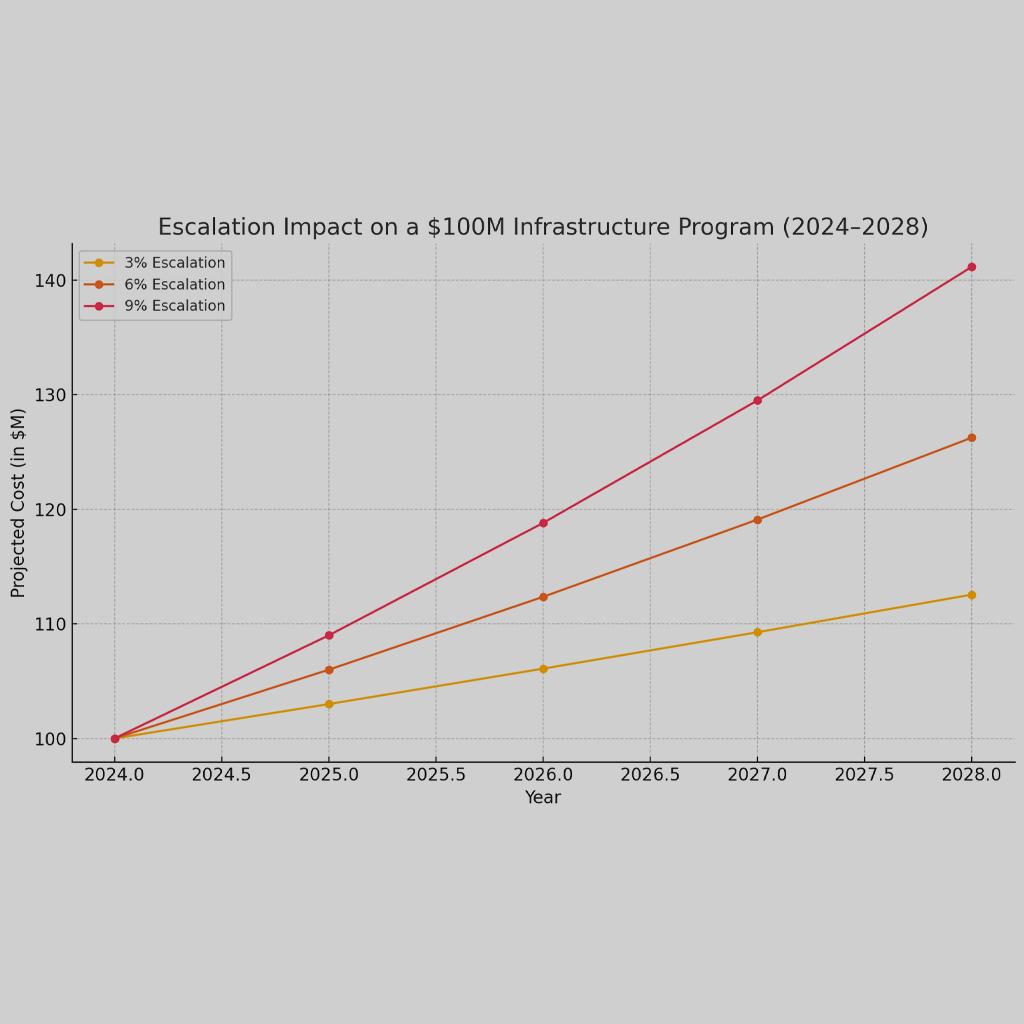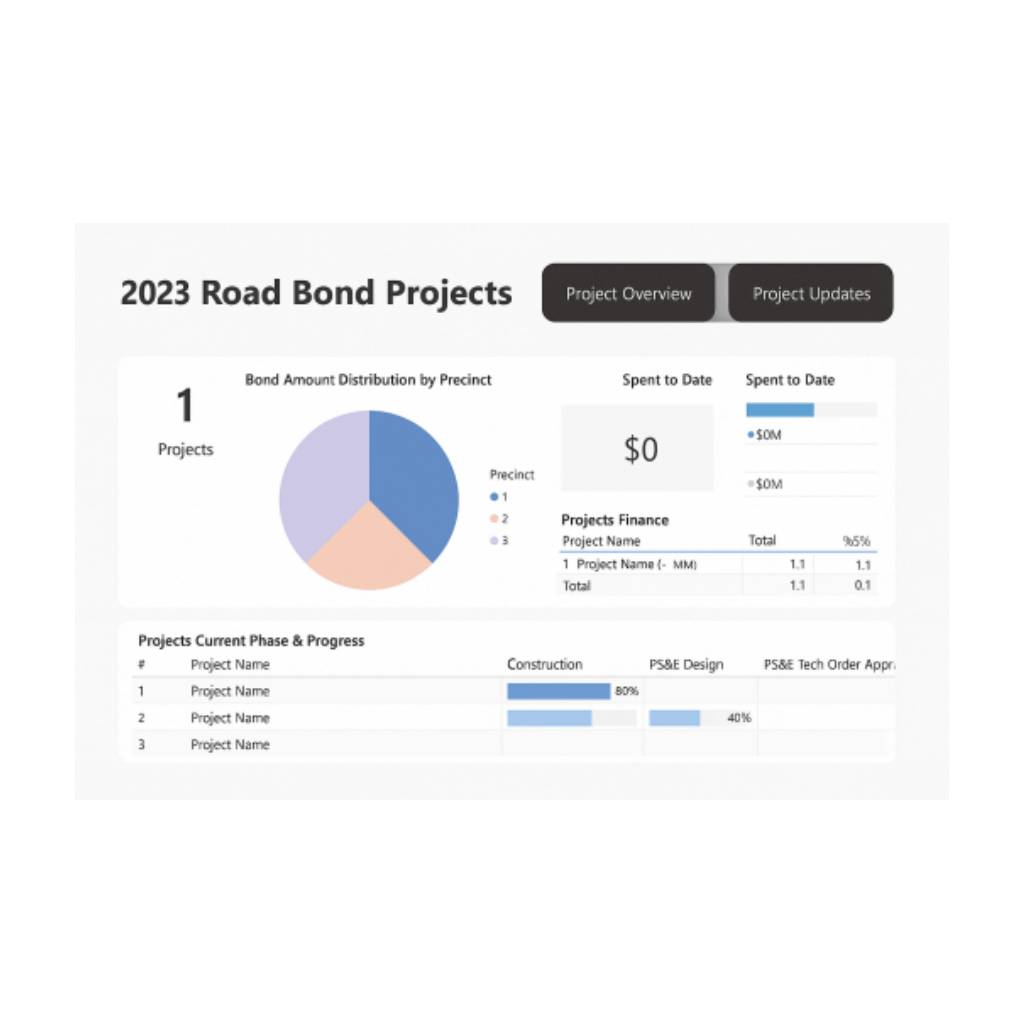Strategies for Implementing the Unfreeze Phase of Change Management
Change is a constant in today’s rapidly evolving business landscape. Organizations must adapt and transform to remain competitive and meet the ever-changing needs of their customers. At the same time, implementing effective change is not a straightforward process. It requires careful planning, effective communication, and a deep understanding of the challenges that arise during each phase of change management. To better understand how to effectively begin a change management initiative, we will discuss the challenges and strategies for the unfreeze phase.
Unfreeze Phase Challenges
The unfreeze phase marks the initial stage of change management, where the focus is on creating awareness and acceptance among individuals and teams about the need for change. It involves challenging existing mindsets, breaking down resistance to change, and preparing the ground for the subsequent transition phase. While the unfreeze phase sets the foundation for successful change implementation, it also presents several significant challenges.
Resistance to Change
Resistance to change is perhaps the most prevalent and formidable challenge faced during the unfreeze phase. Individuals and groups often resist change due to fear of the unknown, concerns about personal loss, or a lack of understanding regarding the benefits of the proposed change. Overcoming resistance requires open and transparent communication, addressing concerns, providing clarity about the vision and purpose of the change, and involving stakeholders in the decision-making process.
Lack of Leadership Support
Without strong leadership support, any change initiative is doomed to fail. Leaders play a crucial role in driving change and setting the tone for the organization. If leaders are not actively engaged or fail to communicate their commitment to the change, it can lead to confusion, skepticism, and decreased motivation among employees. To address this challenge, leaders must actively champion the change, demonstrate its importance through their actions, and provide resources and support to those involved.
Ineffective Communication
Communication is a critical component of successful change management. Lack of clarity, inconsistent messaging, and insufficient information can create confusion, rumors, and resistance. Organizations should develop a comprehensive communication plan that includes multiple communication channels, ensures consistent messaging, and addresses the concerns and questions of employees at all levels.
Insufficient Training and Support
Inadequate training and support can hinder the unfreeze phase, because individuals may lack the necessary skills and knowledge to adapt to the proposed changes. Employees need access to appropriate training programs, resources, and support systems to build their capabilities and confidence in the new ways of working.
Organizational Culture and Structure
The existing organizational culture and structure can pose significant challenges during the unfreeze phase. If the culture does not align with the desired change, it can impede progress and create resistance. Similarly, rigid hierarchical structures may hinder the flow of information and impede collaboration. Organizations must assess and, if necessary, adapt their culture and structure to create an environment that is conducive to change.
Strategies to Overcome These Challenges
In many organizations, these challenges are enough to stifle any change initiative, but by planning ahead, it is all manageable. All this is required are the 4Cs: a compelling vision, champions, a communication plan, and a comprehensive training and support program.
Compelling Vision
Clearly articulate the challenges and issues the current situation presents. Ideally, this will create anxiety and stress that create a desire for change. Then develop a clear and compelling vision for change, highlighting the benefits and outcomes. Communicate this vision regularly and consistently and ensure all stakeholders understand and are aligned with it.
Champions
Engage leaders at all levels to actively champion the change. Provide them with the necessary support and resources to lead, communicate effectively, and address employee concerns. While it is important to have people in management positions champion the change initiative, they are not the only leaders to consider. Every organization has key personnel that while they may not serve in a management role, they carry sway and influence throughout the organization. These are also important champions to focus on.
Communication Plan
Create a comprehensive communication plan with messaging that is clear, consistent, and addresses the concerns of employees. The plan must include multiple channels, regular updates, and opportunities for dialogue. Stakeholders should have the ability to voice their inputs in a constructive manner and feel heard. This helps to identify if considerations and impacts are not being considered and to build support for stakeholders that feel as if they are part of the process.
Comprehensive Training and Support
Identify the skills and knowledge required for the change and provide targeted training programs. This ensures the team can effectively perform the change activities, but more importantly it builds confidence and muscle memory that makes the team more accepting of the changes. The training and support systems should consist of mentors and coaches, descriptions of the new processes, and explanations for why the changes occurred.
Assess and Adapt Organizational Culture and Structure
Evaluate the existing culture and structure to identify any misalignments with the desired change. It is crucial to take steps to adapt the culture and structure to foster a supportive environment for change and align with the end vision.
Conclusion
The unfreeze phase of change management serves as a pivotal initial step in the journey of organizational transformation. This phase has its fair share of challenges, which all must be confronted and resolved to establish a solid foundation for successful change implementation. To navigate this phase effectively, organizations must prioritize key factors such as clear and compelling communication of the envisioned change, the presence of strong and supportive leadership to drive the initiative, effective communication strategies, and the provision of adequate support and training for employees. By addressing these challenges head-on, organizations can enhance their chances of achieving successful outcomes in future phases, propelling them towards successful change implementation and sustainable improvements.
At Front Line Advisory Group (FLAG), we are providing process improvement and change management services to help municipalities collect and analyze data, improve stakeholder communication, leverage technology, develop training plans, and more. We believe these are the most effective and affordable ways for municipalities to scale their capabilities. Contact us for more info at info@frontlineadvisorygroup.com.













